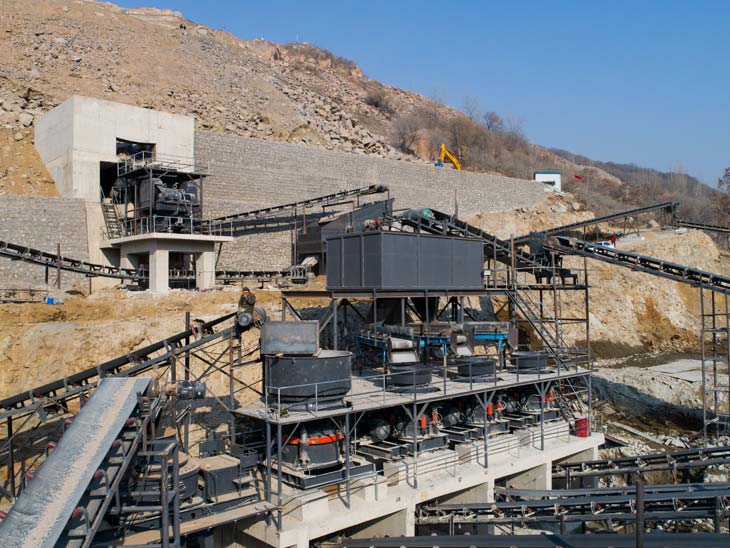
 WhatsApp
WhatsApp [email protected]Get PriceGet Quotation
[email protected]Get PriceGet Quotation
Artificial sand, also known as manufactured sand, is a substitute for natural sand. The sand is produced by crushing rocks, quarry stones or larger aggregates into finer granules, with the help of machines. The artificial sand is a more reliable alternative to natural sand, which has become scarce and expensive due to excessive demand.
The process of making artificial sand involves several stages, including crushing, screening, washing, and drying. The first step involves crushing large rocks and stones into smaller particles using machines such as jaw crushers, cone crushers, and impact crushers. These machines reduce the size of rocks and stones by applying mechanical force and pressure.
Once the rocks and stones are crushed, they are then screened to separate the fine particles from the coarser ones. The fine particles are then washed to remove impurities, such as dust and clay, which can negatively impact the quality of the final product.
After washing, the artificial sand is then dried to remove any remaining moisture, which can cause issues during the final stages of the production process. The drying process can be carried out using rotary dryers, which use hot air to evaporate moisture from the sand.
The final stage of the artificial sand production process is packaging and storage. The sand is packaged in bags or containers for transportation and storage, ready for use in various construction projects.
There are various types of machines used in the production of artificial sand, including jaw crushers, cone crushers, impact crushers, sand-making machines, vibrating screens, washing machines, and drying machines.
Jaw crushers are used to reduce the size of large rocks and stones. They operate by compressing the material between two jaws, one of which is stationary while the other moves. Cone crushers are similar to jaw crushers, but they have a cone-shaped crushing head that rotates around the central axis.
Impact crushers are used to crush materials by applying high-speed impact forces. They are suitable for crushing rocks and stones that are not too hard and have a relatively low silica content.
Sand-making machines, also known as sand-makers or sand-crushers, are used to produce artificial sand. They use high-speed rotors to crush rocks and stones into fine particles, which are then screened and washed to produce the final product.
Vibrating screens are used to separate the fine particles from the coarser ones. They use vibrations to move the material across a screen, allowing the fine particles to pass through while retaining the coarser ones.
Washing machines are used to remove impurities from the artificial sand, such as dust and clay. They can be operated using various methods, including spiral washing, bucket washing, and drum washing.
Drying machines are used to remove moisture from the artificial sand. Rotary dryers are the most commonly used drying machines, as they are efficient and effective in removing moisture from the sand.
In conclusion, artificial sand is a reliable alternative to natural sand that has become scarce and expensive due to excessive demand. The process of making artificial sand involves several stages, including crushing, screening, washing, and drying. Various types of machines, including jaw crushers, cone crushers, impact crushers, sand-making machines, vibrating screens, washing machines, and drying machines, are used in the production of artificial sand.
We have jaw crushers, impact crushers, cone crushers, sand makers and so on.
Mon - Sun, 0:00 - 24:00
24h Online Service
© Zenith. All Rights Reserved. Designed by